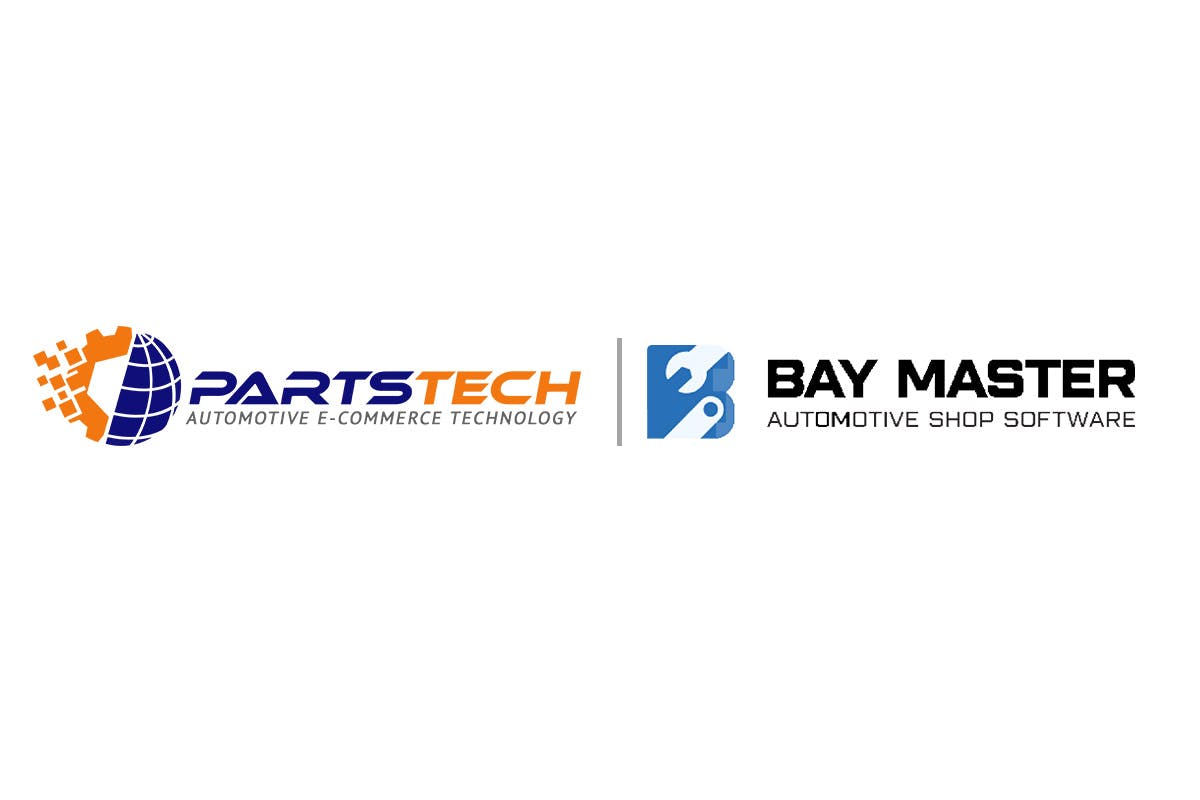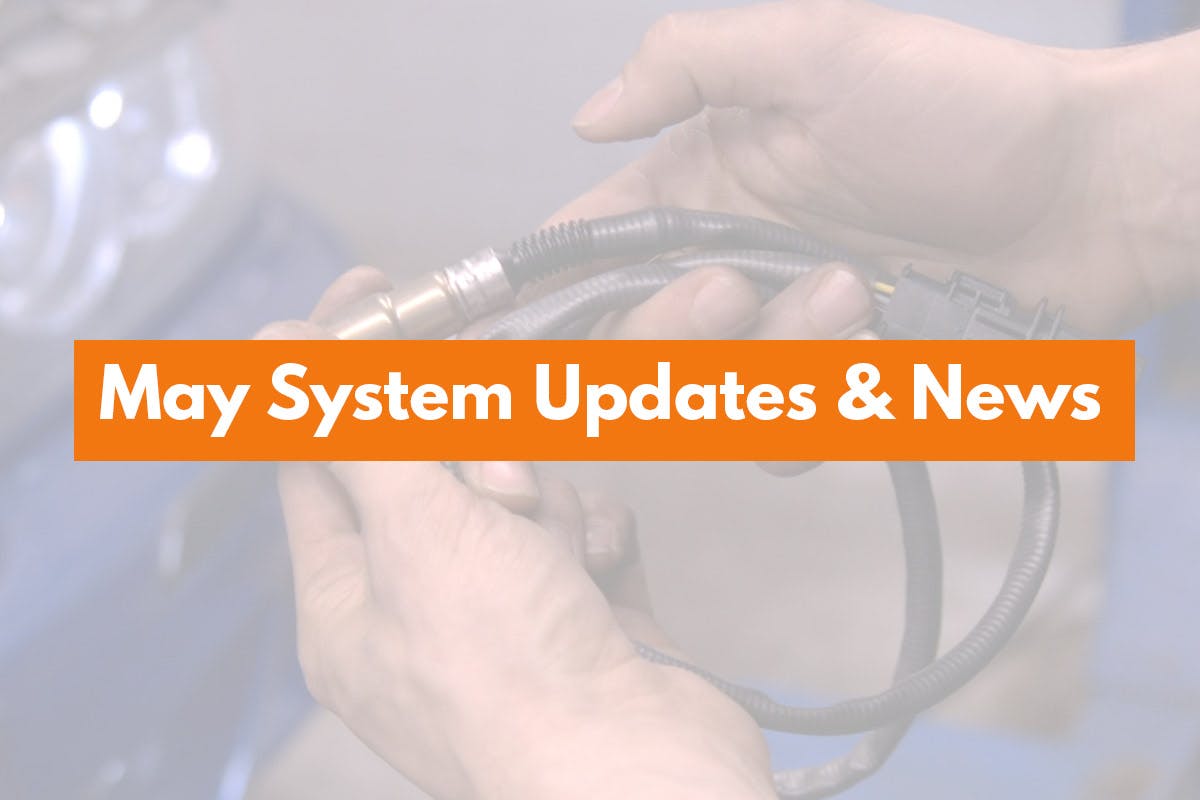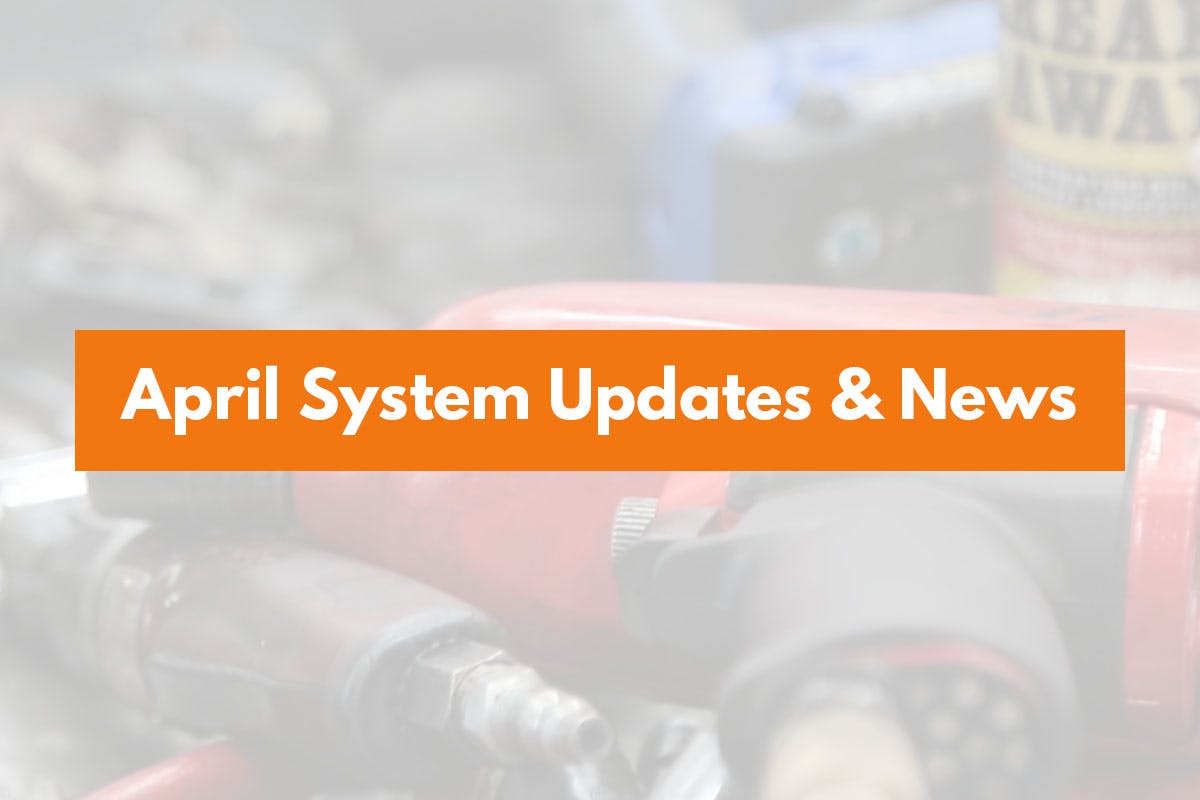
PartsTech was selected to by the AutoCare Association to judge the ACES and PIES Content Excellence Award at the 2018 Automotive Content Professionals Network (ACPN) Knowledge Exchange Conference in Ft. Worth, TX on April 15-18, 2018. As part of the judging process, PartsTech developed criteria and generated reporting to take an objective look at the quality of catalog data from the aftermarket industries top brands. We received entries from 21 participants, with submissions totaling over 3.8 million vehicle application records. The data submissions were analyzed based on each file’s referenced VCDB, PCDB, & QDB tables. For more information on the AutoCare ACES and PIES data standards, and the VCDB, PCDB and QDB reference tables, click here.
To select the 2018 Award Recipients, we worked closely with the AutoCare Association to identify the 8 criteria used to analyze each supplier’s data. Here’s a deeper look at the criteria used to select the winners:
- Data Is Overlap Free: Delivering two or more records with no differentiator other then the part can lead to confusion and lost sales. Overlaps often lead to scenarios in which customers can not tell the difference between each part. It’s important that the parts are differentiated in ACES so that customers can make the correct buying decision.
- VCdb-coded configurations are Valid: Adhering to valid VCDB-coded configurations (based on the claimed VCdb version) ensures that the applications circulating among trading partners are accurate and consistent. If not, a supplier runs the risk of their data being dropped from a trading partners catalog which means lost sales.
- PCdb Part Type-Position Combinations are Valid: It is important to make sure that the positions provided in ACES are valid for the part terminologies the part is mapped to (based on the claimed PCdb version). The position-to-part-terminology mapping is a way to validate that the positions being provided are relevant to the part. When this validation is not done, a supplier may end up providing a non-relevant position such as “upstream” for a part like a wheel bearing. Confusing the customer and creating a distrust of the data.
- All parts in the ACES file are present in the PIES file: Suppliers spend a lot of time creating rich content that is vital to the decision and purchase process. All that’s needed is a simple validation check to make sure all of the parts in ACES exist in PIES. Parts that get missed may cause trading partners to lose that product’s rich content leading to devaluation of the product compared to competitors.
- PIES File has rich marketing content: Suppliers need to provide as much rich content as possible to stay competitive and unique. It’s important for a supplier to provide information from each PIES segment – including EXPI, PAdb Attributes, Packaging, Interchange, Digital Asset and Marketing Copy segments – for all of their parts in order differentiate themselves from their competitors, and help the customer make the right buying decision. Customers that don’t provide consistent rich content won’t be a leader in their product categories.
- Applications are duplicates-free: Duplicate records can force trading partners to perform extra processing and validation in order to merge those duplicate records. If they do not get merged then duplicates can lead to confusion and poor product display. It’s important that suppliers check for duplicate records as duplicates can be an indication of a greater problem, such as important information not getting exported from the database to the supplier’s ACES.
- Qdb is in use and all references valid: Using the QDB is beneficial to both the supplier and receiver. Qualifiers allow trading partners to easily create on-site search filters because consistent coded values are used. Filters that can be relevant to purchasing the correct product quickly and accurately. It’s also critical to validate the qualifiers against the referenced QDB. Invalid qualifiers can cause a slow down of processing amongst trading partners, but can also cause information vital to the parts fitment to drop out.
- Quantity tag is used on all applications: Quantity is a fundamental element of good data. Quantity is important for customers to know how many of a particular part is needed for their vehicle. Not having this information can lead to incorrect order quantity causing a customer to incur additional shipping charges and delays in repairs.
The scores for each category will be determined using the PartsTech file summary analytics reporting. Each criterion has a weighted score and points are awarded on a pass/fail basis. A participant will receive either full or no credit for a particular category. In the event of a tie, the decision will then use a partial credit approach for each category to determine a winner.
The participants will be broken into three groups based on application count.
- Small (under 10,000 applications)
- Medium (10,000 – 100,000 applications)
- Large (over 100,000 applications)
Make sure to keep an eye out for further updates as we share the results of our analysis at the 2018 ACPN Knowledge Exchange Conference and announce the companies takes home the award for each category.



